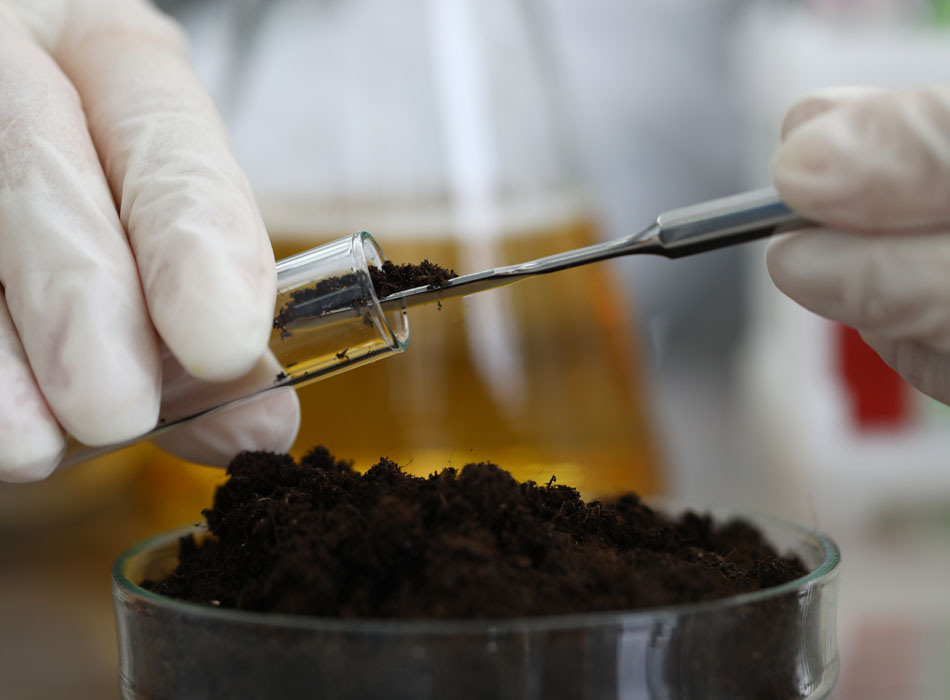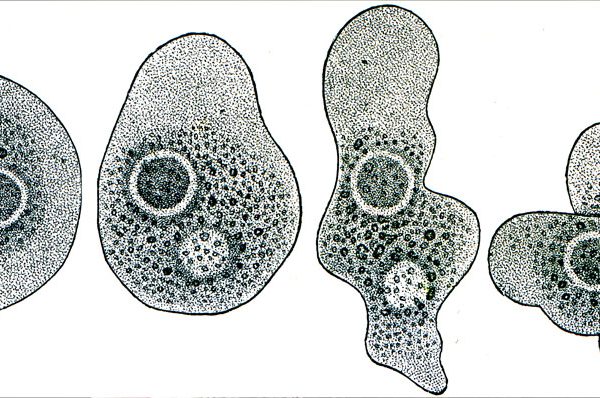Why test soil at all?
The root of all soil testing is to improve soil health. Although testing needs and methods will vary depending on the scale of production, the existing soil conditions, and the type(s) of plants being grown, the reason for soil testing is to understand the soil conditions and make decisions based on the test results.
Soil testing stems from the principle of the law of the minimum, which was developed in agricultural science by Carl Sprengel. It was later popularized by Justus von Liebig, which is why it is more commonly known as Liebig’s law.
Liebig’s law was originally applied to crop production because it was discovered that increasing the amount of plentiful nutrients found in the soil did not cause more plant growth. When the amount of the scarcest nutrient was altered the crop production yields improved.
What do soil test results indicate? Soil testing can provide a lot of useful information about the plant available macro- and micro-nutrients available in the soil. Information can help to identify low concentrations of nutrients and growers can respond. Simply adding soil amendments and fertilizers for “good measure” without knowing if nutrients are deficient can be very harmful to soil health (not to mention expensive and environmentally irresponsible).
What is soil nutrient testing? Nutrient analysis typically involves measuring soil pH and then using extractants to isolate and measure levels of nutrients found in the soil. The results often resemble a periodic table of information.
Of course, for growers who know that soil health goes beyond nutrient content and is influenced by soil microbes and the physical properties of the soil itself, there is an alternative method: soil health testing.
What is soil health testing? Biological, chemical, and physical properties of soil are assessed and reviewing the results of individual tests holistically an overall understanding of soil health is achieved. Measuring the properties individually doesn’t provide as comprehensive an understanding of the dynamic nature of soil.
Is soil health testing accurate? In general, biological indicators that provide information about soil processes, which are influenced by soil organisms, are the most informative tests available about soil health. Soil microbes have the potential to function as indicators of dynamic soil properties that are very sensitive to soil management practices, natural disturbances, and chemical contaminants. This underscores the importance of measuring biological properties in the soil. By combining assessments of the chemical and physical properties the depth of interpretable data and information increases considerably.
Like all tests, there are limitations but these are minimized through standardized methods.
Why does soil health testing matter to me? When you test your soil health you have information to help you make informed decisions about your options. Test results can help to inform about the actions you need to take to improve overall soil health or to focus on specific areas. In the end, with more information you’re able to make strategic decisions that can not only help save you time and effort but save you money too.
Biological soil testing typically indicates the overall number, type, and activity of soil microbes and the diversity of the living soil microbes in the soil being tested.
Whether soil testing is completed using nutrient or biological testing approaches, or a combination of tests, simply having data about soil health is the first step in deciding how it can be improved.



